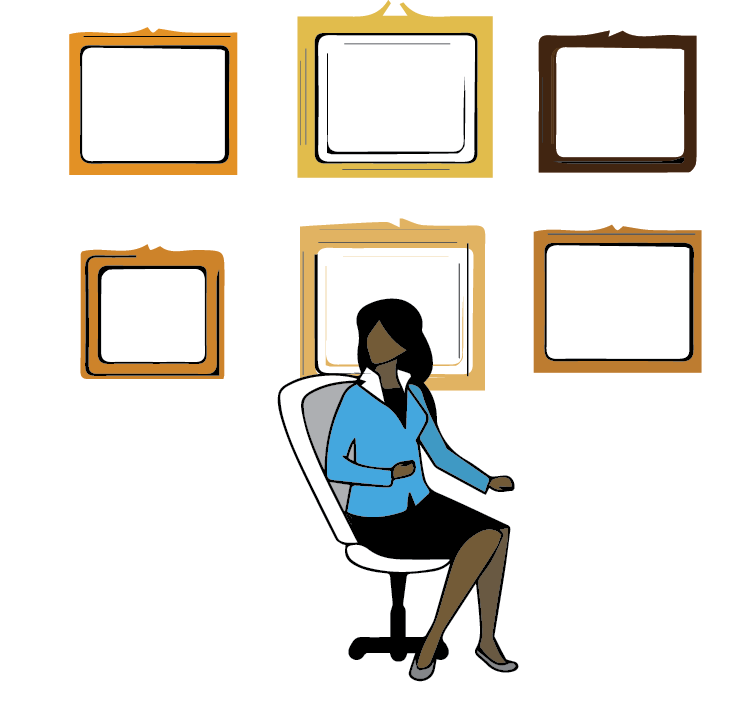Black History Month is a celebration well known across the country, with events being held in many states to honor the importance and meaning of the month. There are many ways in which February is dedicated to celebrating and spreading information about Black history, such as mobile museums, national events and local events. There are also multiple opportunities in which individuals can be involved in the celebrations.
This year’s theme for Black History Month is African Americans and the Arts in order to honor the foundations laid by African American and Black artists in the art industry of the U.S. This is an extremely important theme, as credit within the arts is often ignored when it should be accurately recognized.
Many famous artists, such as Pablo Picasso and Elvis Presley, were heavily influenced by Black and African art. Picasso often used cubism in his artwork, which originated in Africa, while Presley was deeply inspired by the Black musicians he grew up listening to. Both of these men earned their fame through pure talent and excellence at what they do, but it would not have been possible without Black and African influence.
Rhythm and blues, commonly known as R&B, is still a very popular genre of music today, including artists such as Summer Walker and Bryson Tiller.
R&B music played a large role in the evolution of rock and roll, a genre that was dominated by artists such as The Beatles and Elton John. R&B began to develop in the early-to-mid 20th century, during which the population of Black citizens was growing in U.S. cities. Around World War II, the Black population increased by 33%, greatly increasing the entertainment scene.
The influence spans far beyond visual arts and music, being evident in the fashion industry as well.
There are many trends that can be traced back to Black or African culture. Acrylic nails were worn by Cleopatra, an Egyptian queen, as early as 3000 BC and were then popularized by singers Donna Summer and Diana Ross. Josephine Baker became directly correlated with hoop earrings, which are still a staple accessory to this day. Dapper Dan is a fashion icon who popularized many fashion trends. These are just a few examples of the impact Black people made in the arts industry that are often brushed past.
It should be noted that while these artists have had major influence on white people within the arts, simply discussing the beauty that Black artists have created is just as important of a conversation. Whether it be a powerful example of resilience and strength, such as “I, Too” by Langston Hughes, a classic hit like “When Doves Cry” by Prince or “What’s Love Got To Do With It” by Tina Turner, the art is incomparable.
While all art has the potential to elicit some sort of emotional response from the consumer, it can easily be said that art created by Black people often has a much more moving backstory. It has been used as an aid to share their stories for decades, through some of the most tumultuous times. It is a concrete depiction of the resilience of Black people.
One of the most moving art pieces to date is a 1956 piece titled “Behold thy Son” by David C. Driskell. It captures the story of Emmett Till in an extraordinarily heartbreaking and poignant manner; it is very clear that Driskell wants the viewer to see the stark resemblance between his art and the crucifixion.
Another incredibly moving piece of art was created more recently, during the Black Lives Matter movement. The 2020 mural shows George Floyd, a Black man murdered by a white police officer in Minneapolis, with names of other Black people who were killed in the background. The bottom of the mural says four simple yet agonizing words: “I can breathe now.”
These are just two examples of the emotive artwork Black people create based on their own personal struggles; struggles with which white people could never relate. The art created by Black people deserves much more attention and fame than it receives today.
During this Black History Month, many organizations are creating lists of overlooked Black artists that deserve more attention. However, it is insufficient to enjoy these artists in February only; they deserve continuous notice for the incredible art they create. Whether it be music, visual arts, fashion or written art, celebrating the artists is important year round.
Without the influence of Black people on the arts, a vast majority of what people listen to, read and look at today would not exist. It is far past time to give credit where credit is due in the arts industry, and this year’s theme of Black History Month will hopefully catalyze this effort.



